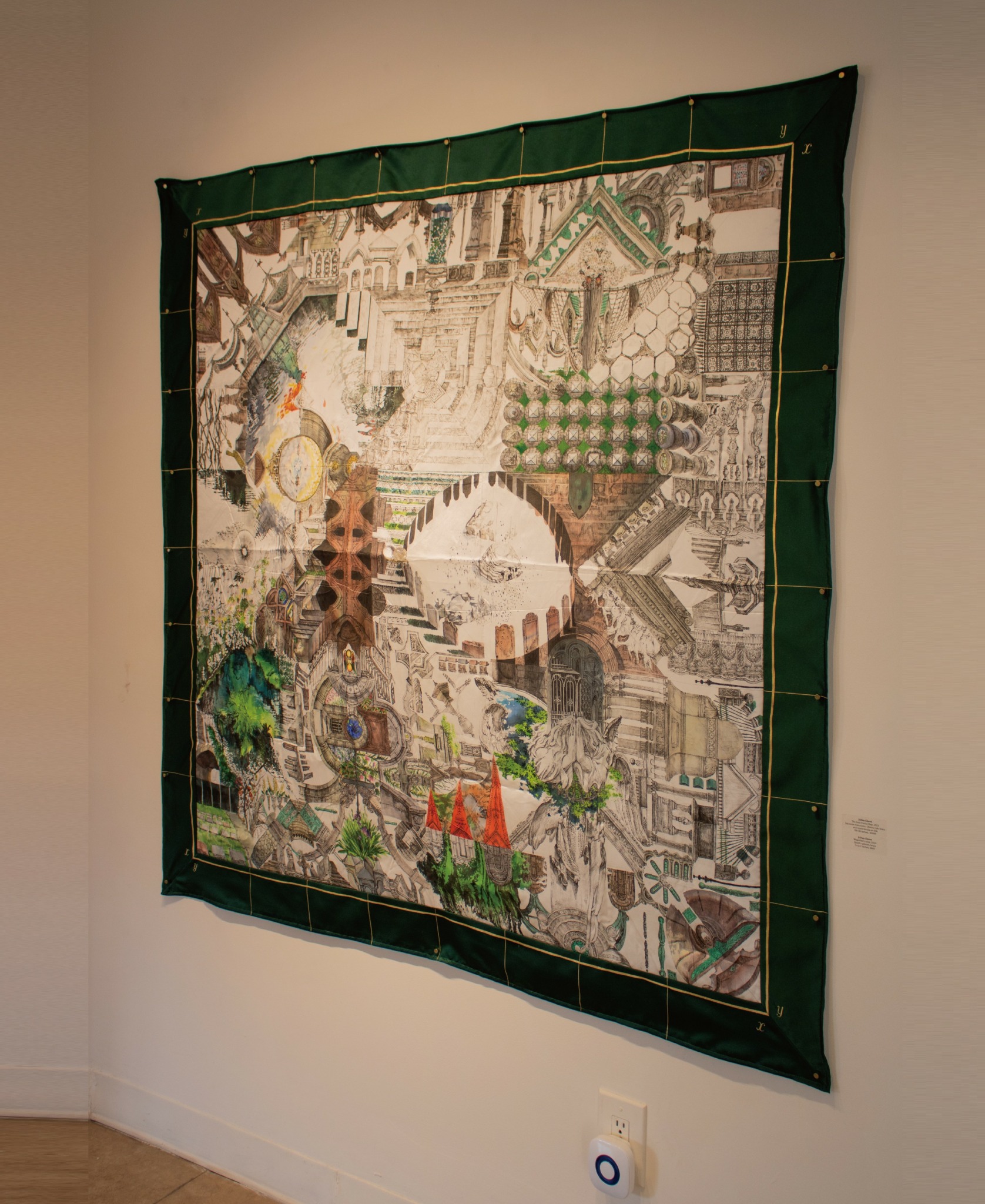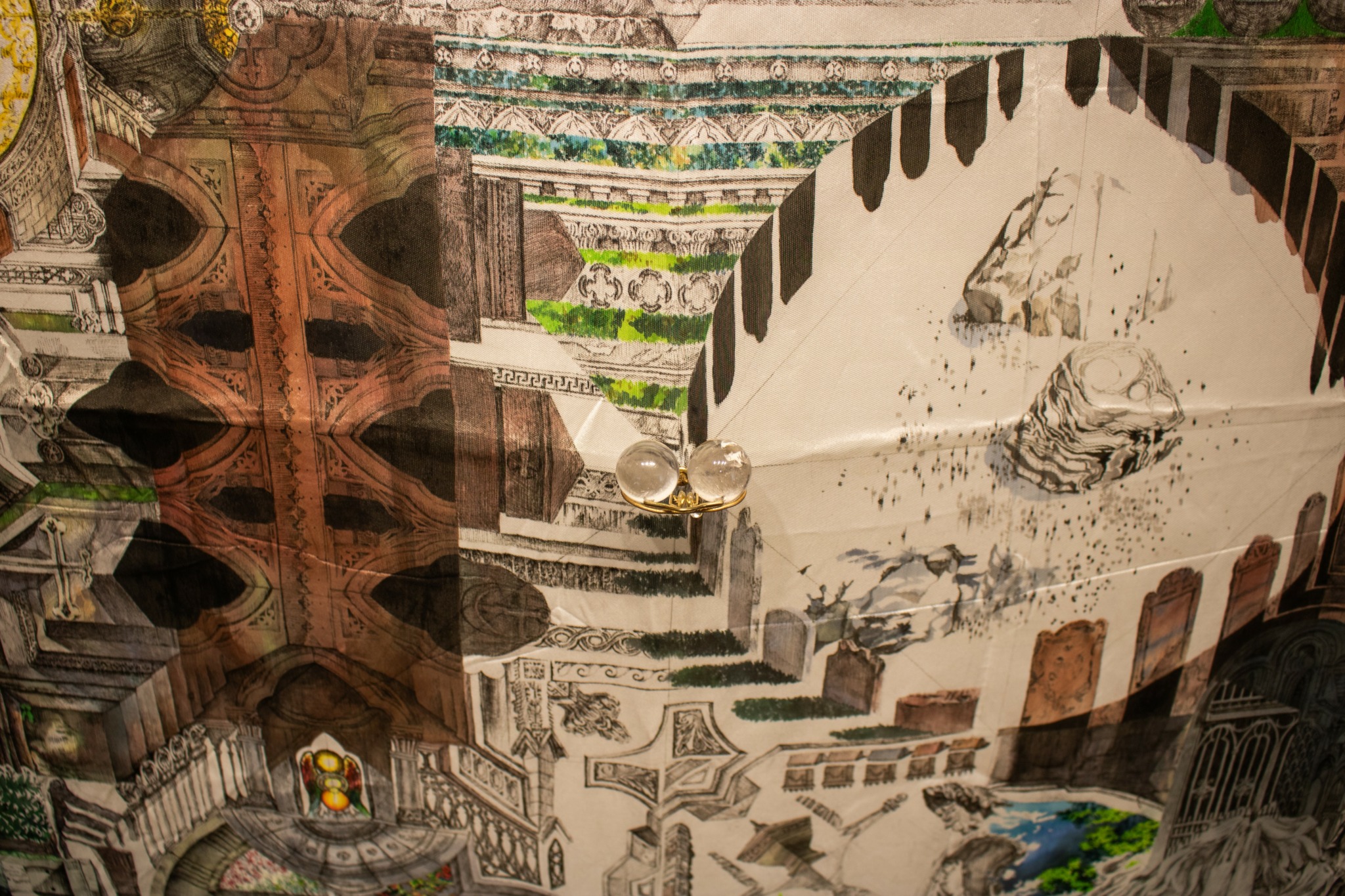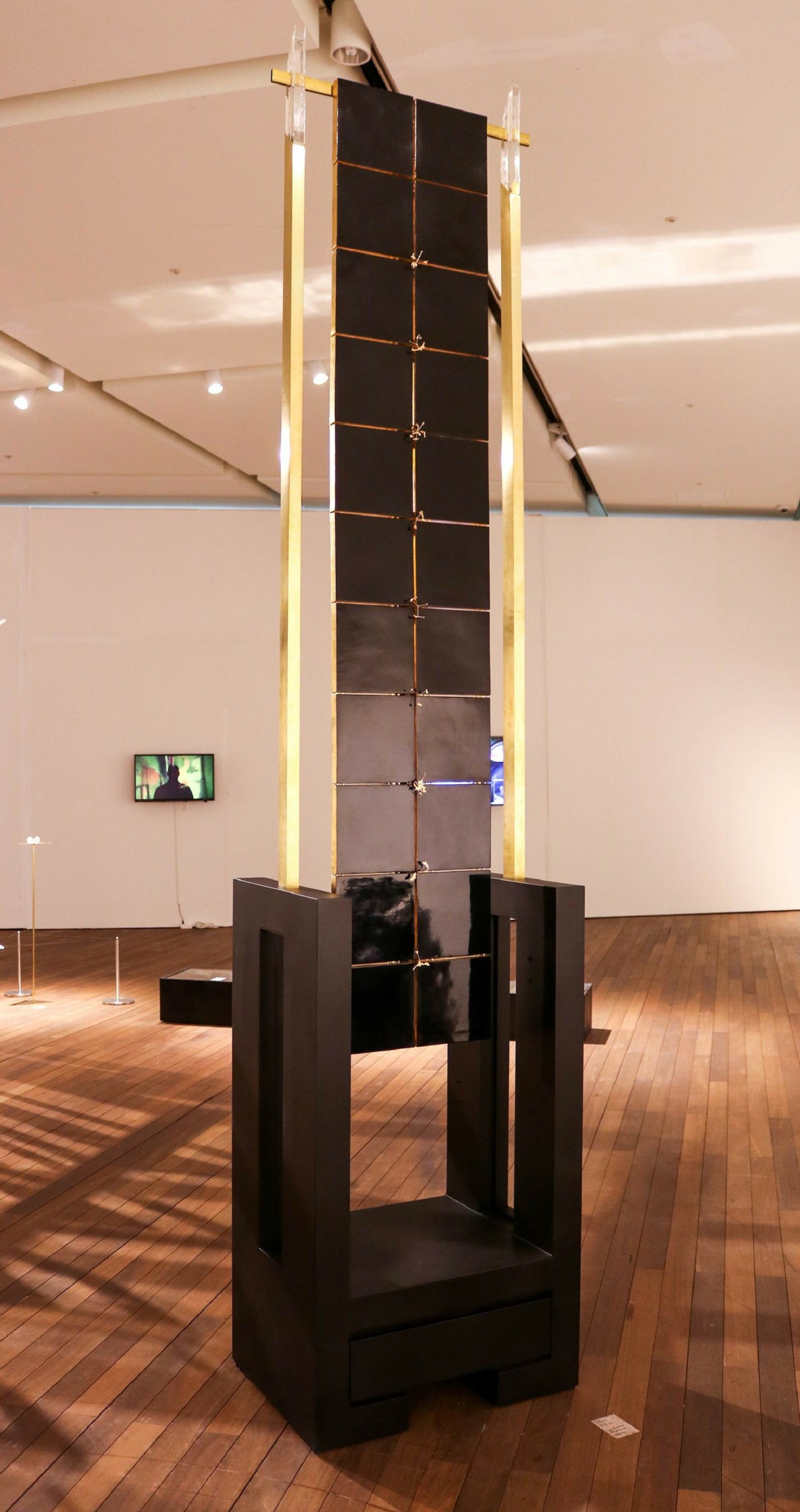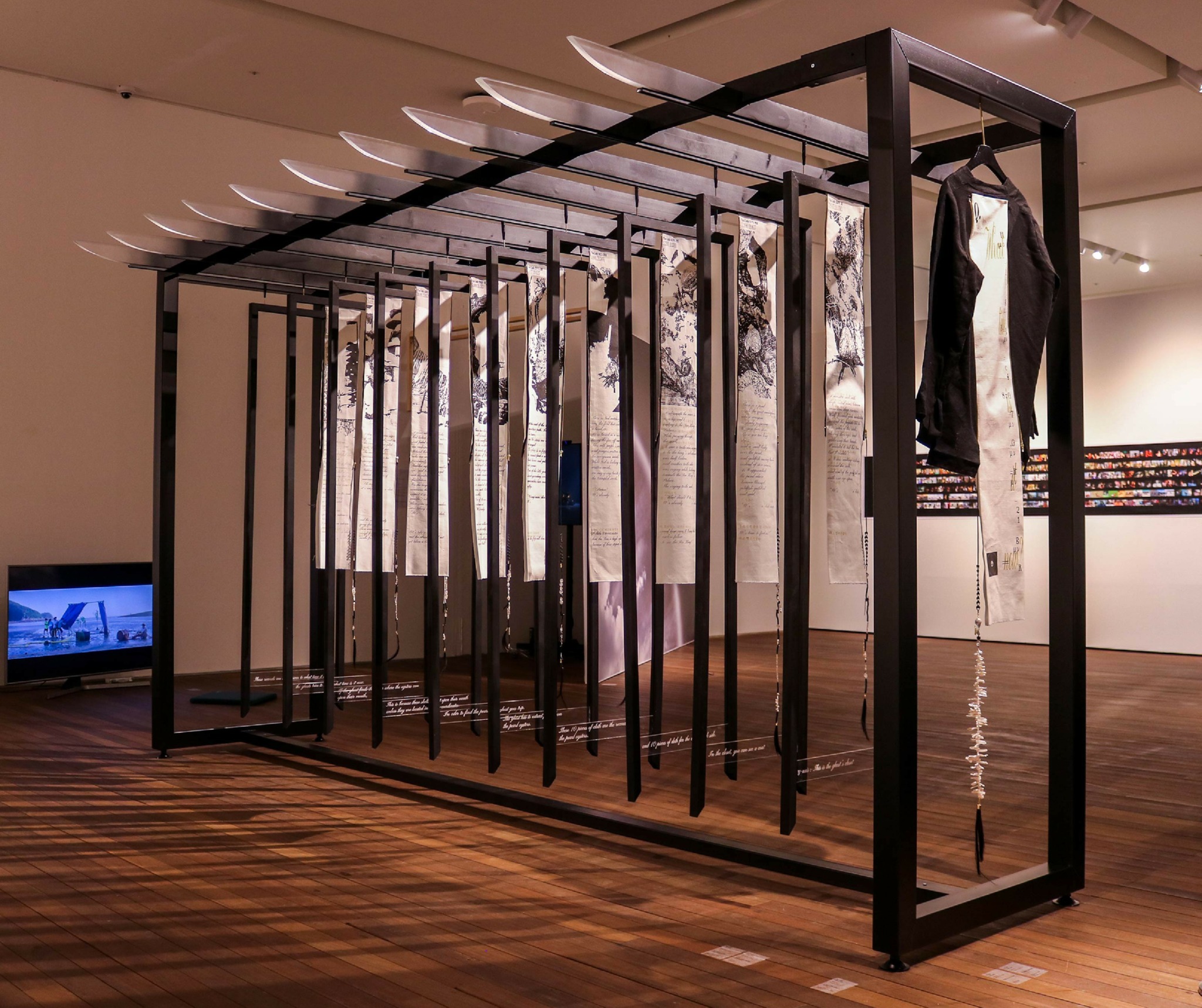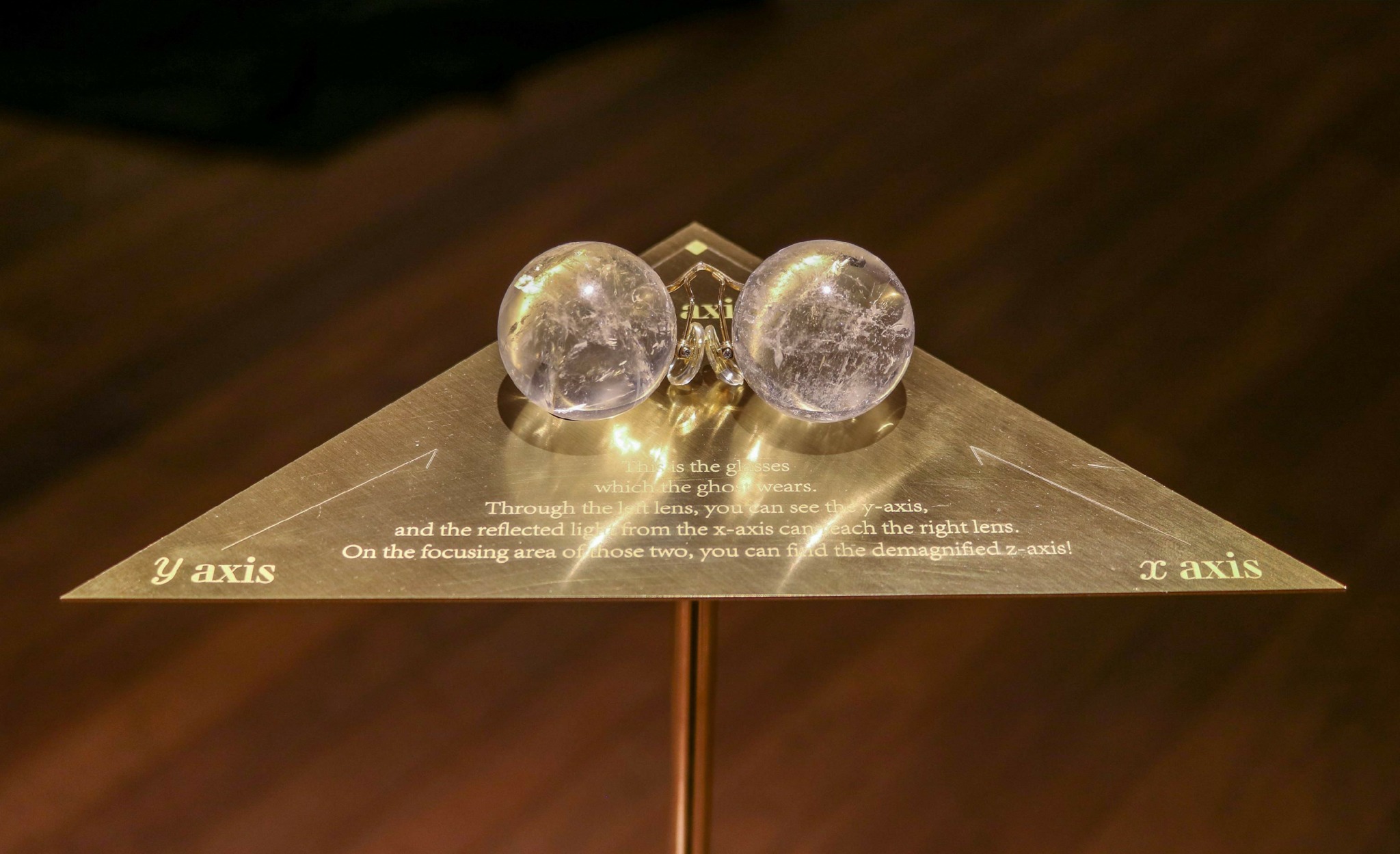Today we’d like to introduce you to Jieun Cheon
Hi Jieun, we’d love for you to start by introducing yourself.
I have been doing art since when I was a middle school student. Originally, I was heavily influenced by Japanese anime like Studio Ghibli’s works, and I wanted to be an animator. My parents respected the things I wanted to do and supported me to apply for an art high school in Korea. However, after getting into the art high school, teachers taught me about the contemporary art which was very new for me at that time. Also, they asked my classmates and I to try different ways of artmaking from the academic drawing and watercolor painting. Through my education, I realized that there were some indescribable experiences in my life, and I could enjoy creating artworks by reinterpreting these experiences. Also, I felt that I have more talent on making fine artwork than creating animation. Therefore, I decided to be an artist and major in sculpture because I can deal with more diverse materials and formats in the sculpture department.
After I finished my BFA and MFA course from Seoul National University in Korea, I felt that I could not get more new experiences in Korea anymore, so I decided to be in a drastically different and more diverse environment. Therefore, I prepared to study abroad and started my MFA program at School of Visual Arts in New York City. Fortunately, the courses at SVA are helpful to me, and I am able to meet a lot of good peers who have similar values and thoughts in art. I have one more year before finishing my MFA program and will have my thesis show on next April. I hope to get more opportunities as an artist in this country.
Can you talk to us a bit about the challenges and lessons you’ve learned along the way. Looking back would you say it’s been easy or smooth in retrospect?
I think, it has been quit smooth way of my journey, except during my college entrance exam. When I was 3rd grade in high school, my teachers and I were pretty sure that I could get offer from colleges which I applied. However, I failed to get offer from the colleges and even worse, I did not do well in the College Scholastic Ability Test. Many of my classmate got offer from colleges and they enjoyed freedom from the pressure of entrance examination, but I needed to keep preparing for the exams the next year. Moreover, there was a roommate who lived with me around two years, and she spent most of her time to enjoy her hobby such as baking or going to concerts while I was in clam school until late night. However, she was super talented in drawing, and she got offer at the first trial. There were similar cases like her and those cases made me frustrated.
After I failed the application to all the colleges, however, I realized that there were many of classmates who were not only talented, but also studied harder than me. It was not helpful to compare myself with others, but much more constructive to focus on the people who I could respect and learn from. Since then, this mindset has helped me to cope with every difficult situation and not to be that much afraid of the thing I need to get through. Even though I cannot get the result I want, I can find the beneficial lessons and utilize them on my further journey.
As you know, we’re big fans of you and your work. For our readers who might not be as familiar what can you tell them about what you do?
I am an interdisciplinary artist who focuses on installation art, integrating drawing, painting, printmaking, and sculpture. My work is about the process of asceticism, the obsessive and repetitive self-control practices that paradoxically originates from inner conflicts and results in inner stability. My intangible experiences, disturbs me, because it stems from complex inner hatred, and it is hard to control. I choose to face it with my own visual language and convert the experiences into the fictional narrative titled Uncanished Workld.
World-building is one of my main methodologies as well as the most exciting and accomplishing aspect of my works. I create a fictional world between consciousness and subconsciousness, designated Uncanished Workld, a portmanteau of ‘uncanny world’ and ‘unfinished work.’ This world is represented through literary format, with each drawing or sculpture serving as a word or sentence in the story.
Before building each story of Uncanished Workld, I usually collect the materials from objects and places which remind me of those experiences and feel the paradoxical sensibility comes from incompatible factors. These materials mostly are inanimate beings, but somehow, they feel alive to me. For example, beef, which is from slaughtered animal, its muscle tissues still seemingly pulsing, gives me the uncanny and paradoxical sensibility. As the other example, Green Wood Cemetery is the place where those paradoxical experiences echoed within me. That place is for dead people, but also the cemetery is built as a park, so people can enjoy working out or picnic at there. The cemetery is basically from a Catholic tradition, but as the time passes by, there are also many graves based on other religions and cultures. Those incompatible factors give me sense of unintelligibility and chaos.
I mindfully collect these experiences, and then choose from them when I start a new work. By using those materials, I set the concepts of each project my work such as character design of the story and environment settings. And then I make my own tool and create the visual forms that can show self-control practices. At the same time, I look up the information from other field as needed to further develop concepts of the work.
After I complete the work in its physical forms and visual effects, I leave the concept of the work unfinished to leave some possibilities for the next work, as Uncanished Workld should be never ending story. Therefore, conceptually, all my work series are not finished, and there will be subsequent versions of each work series..
I hope that after I solve that problem and have more work series which will give my viewers a better sense of my concepts, my viewers can indirectly experience the process of asceticism, the obsessive and repetitive self-control practices in my work. Actually, there are already some people who can feel my intensive labors as asceticism, and at the same time, they can find the correlation between references and my visual expressions. Whenever I meet those viewers, I feel proud and relieved because that means my pieces works well as I intended. As my career continues, I will keep devoting myself to developing my artwork and achieving my goals as an artist.
Can you talk to us a bit about the role of luck?
My biggest luck lies in meeting supporters of my work. One of the things that makes artists desperate is the situation where the artists feel there is no one who can sympathize and understand their artworks and thoughts. It is hard to have objective perspective on one’s work and thoughts on art. Moreover, fine art world is very relative and subjective, so it is also difficult for the artists to preserve their core thought and faith and dig deeper into motivations within themselves. If there are people who can understand the artists’ work and thoughts, it would be a great support. I always struggle with those difficulties, but thanks to some of my professor and peers, things are much better than they were several years ago.
For example, my professor in college, Yongdeok Lee is the person who helped me overcome my challenges. I was in the desperate situation described above until junior year, so I seriously considered quitting being the artist. I took one year off and tried to find another way for the future, but I failed that and made up my mind to keep making artwork. I looked back my previous works and then revised several concept and visual factors in my senior year. Fortunately, my professor recognized my changes and understood my work very well. He has kept supporting me until now, and when I met him few days ago in NYC, he was impressed my new works and gives so many good advice for my further career.
Also the peers I met in SVA are the best colleges I have ever met. Before SVA, I could not find any peers who had same perspective and value on art, so I could not talk about the work other than my professors. However, thanks to my peers in SVA, I can finally have conversation on artwork and can get help from them to organize my concept of the work. These are my biggest fortunes on my journey and still hugely affecting on my life.
Contact Info:

